Japanese cuisine is world-famous, but there is much more food to try than sushi, ramen, or tempura. Japan’s varied landscape stretches from the tropical islands of Okinawa to the wintery highlands of Hokkaido. Thanks to this diversity, Japanese cuisine offers an unlimited number of gastronomic delights, where seasonal and locally sourced products are essential to the diet.
Although each region has its own unique and special dish, Okinawan food has a strong and independent identity due to its unique history, subtropical climate, and influence from other countries. Okinawans are famous for their longevity, and it’s believed that the secret to their health and long life is related to their diet. Okiham is a processed food company located in Yomitan village that wants to spread the history and benefits of Okinawan food, not only among the islanders and mainland Japan but also around the world. In the Voyapon Store, you can find some of their products and enjoy the authentic taste of Okinawa quickly and easily.
Okinawan Food: The Fountain of Youth
Okinawa Prefecture is known for the long life expectancy and exceptional health of its inhabitants. In fact, it is classified as a blue zone, a region in the world where people live much longer than average. As studies have been conducted to understand the reasons for this unusually long and healthy life, it has been concluded that Okinawan food is a key element.
The History of Ryukyu Okinawan Cuisine
Okinawan food, also known as Ryukyuan cuisine, has been nurtured through history and exchanges with other countries to become ingrained in the lives of Okinawans. This type of cuisine incorporates local ingredients, different cooking techniques, customs, and other aspects of Okinawa’s lifestyle, such as their respect for nature and their ties and bonds with family and community.
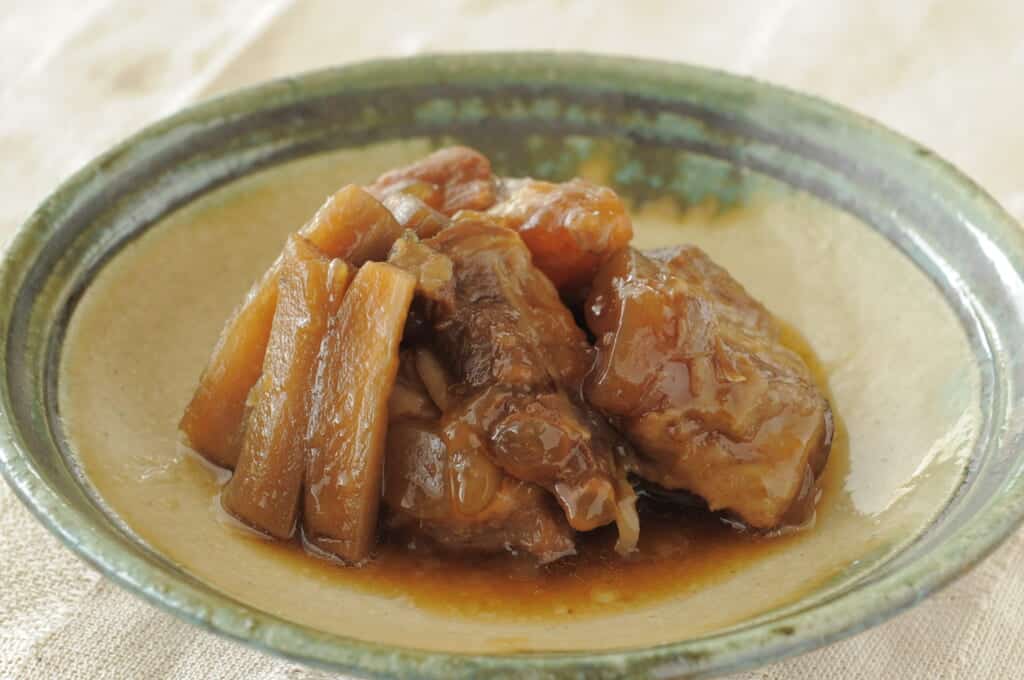
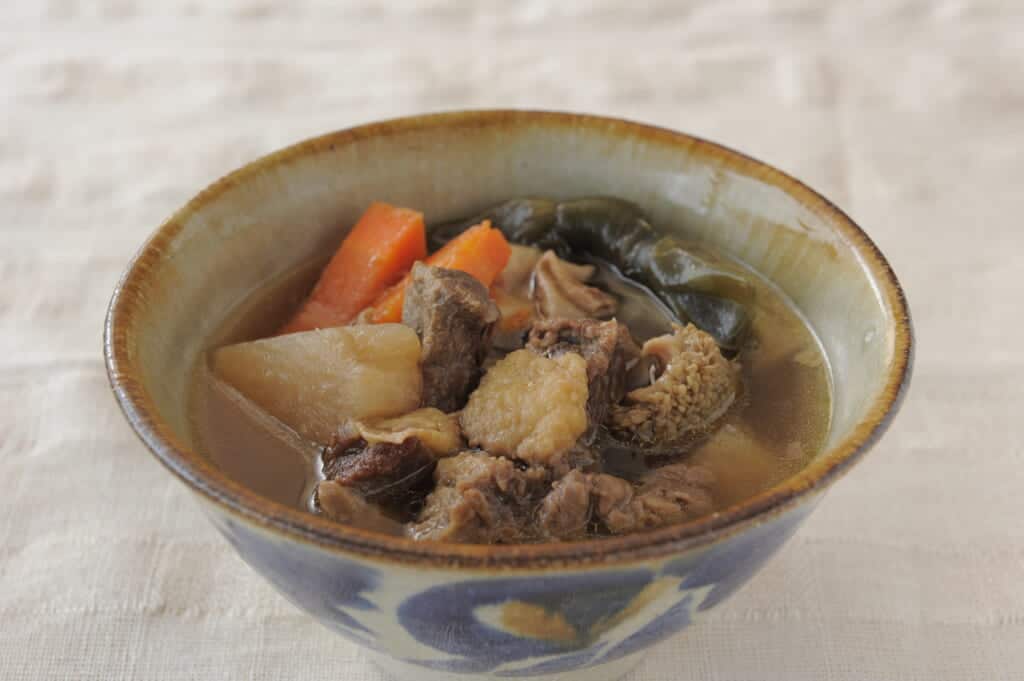
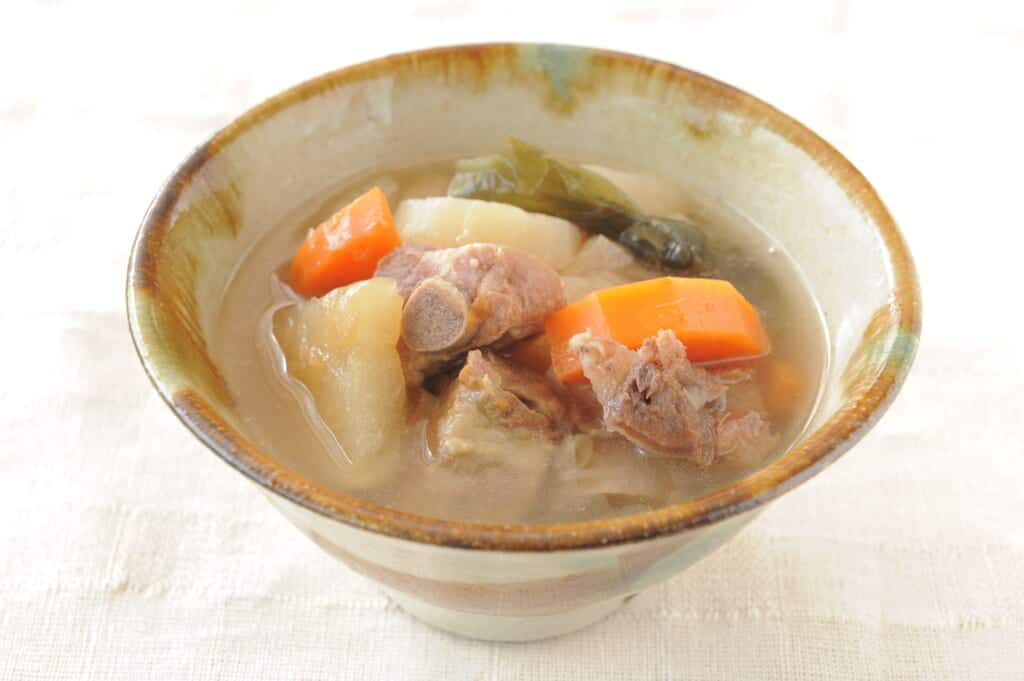
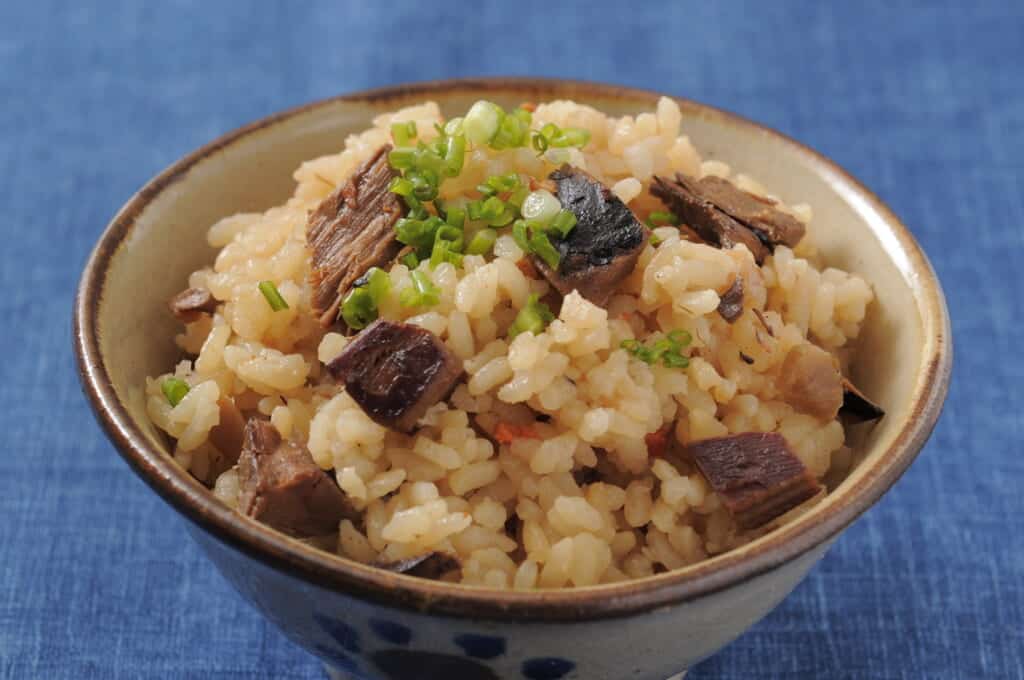
Okinawa’s relations with China and other countries throughout history have shaped this unique and traditional cuisine, which has been passed down from generation to generation and, at the same time, has evolved. During the Ryukyu Dynasty period, Okinawan cuisine was divided into two types: the court cuisine and the local food.
The Court Food
Okinawa prefecture was ruled by the Ryukyu Kingdom for about 450 years, starting in 1429. During this dynasty, kings held many events and ceremonies to entertain their guests.
Because of this, new dishes and cooking methods were incorporated while culinary techniques and customs were refined, giving rise to the court food. Later, this type of cuisine was introduced to the upper class and after the abolition of the Ryukyu Kingdom, it spread to commoners.
Okinawan Food for Locals
At the same time as the court and the nobles enjoyed their banquets, other type of cuisine was born in the homes of local people thanks to their wisdom. The people of Okinawa gathered the ingredients available in the sea and their fields and used them to make tasty and balanced dishes.
This type of cuisine is based on a philosophy called Ishoku Dogen, which says that a daily diet directly links to good health and well-being. For Okinawans, food is considered a kusuimun (medicine), and it is believed that a healthy and balanced diet has the same effects as traditional medicines.
Nowadays, Okinawan food is the result of the combination of these two traditional cuisines with the evolution and influences from other countries that have developed since then.
Okiham: Innovation and Tradition of Okinawan Food
Okiham is a processed food company located in Yomitan, and there I have the pleasure of meeting Yoshiki Yamauchi, one of the company’s employees. Yamauchi-san is the one who is in charge of introducing me to Okinawan food and Okiham’s background. “In Okinawa, it is said that you can eat any part of the pig except its squeal. And indeed, it is impossible to talk about Okinawan food without mentioning pork, which is an essential ingredient for many of its traditional dishes. Okiham was established in 1975, and in its early days, the company was more focused on manufacturing pork products. But today, we have a wide range of products including instant food, dehydrated food, and health drinks that are based on local cuisine.“
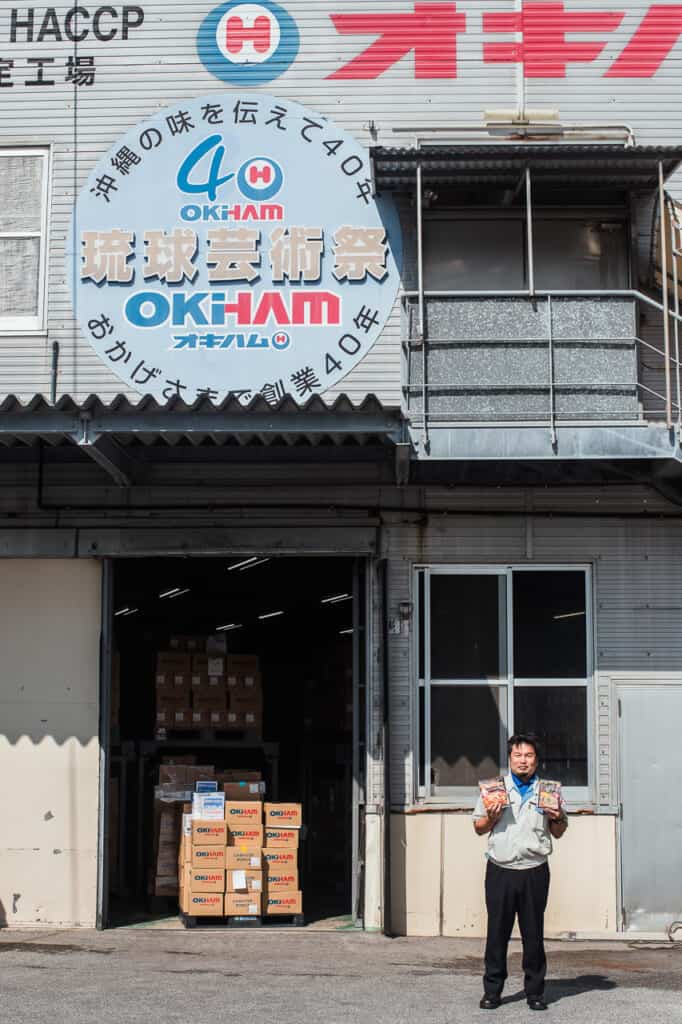
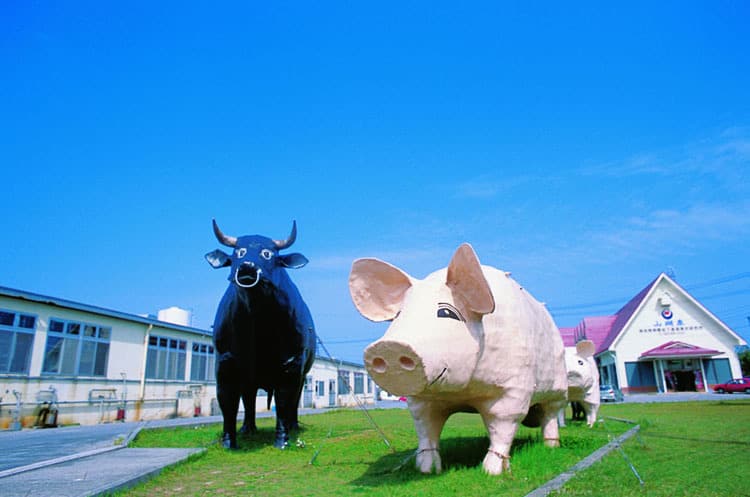

Okiham was the first company to adapt traditional Ryukyu dishes to create instant food. “At Okiham, we want to make it easy for people to enjoy Okinawan food anytime and anywhere while making the most of the unique ingredients of these islands,” Yamauchi-san explains.
Okiham’s Instant Okinawan Food
It is said that people living in Okinawa feel less stress than people living anywhere else in Japan, which is largely attributed to the “Okinawan mentality.” Some studies reflect that in addition to eating habits, stress levels also directly influence longevity.
But Yamauchi-san explains that society is changing. “Lifestyle has become more hectic, and people have less time to cook, so they often end up eating unhealthy fast food. With Okiham’s instant food, we want to offer a healthy and balanced diet, even to those who don’t have time or can’t cook. Our products can be consumed daily while maintaining the traditional taste of Okinawan food. In addition, they help to relieve stress as they are easy and quick dishes to cook.”
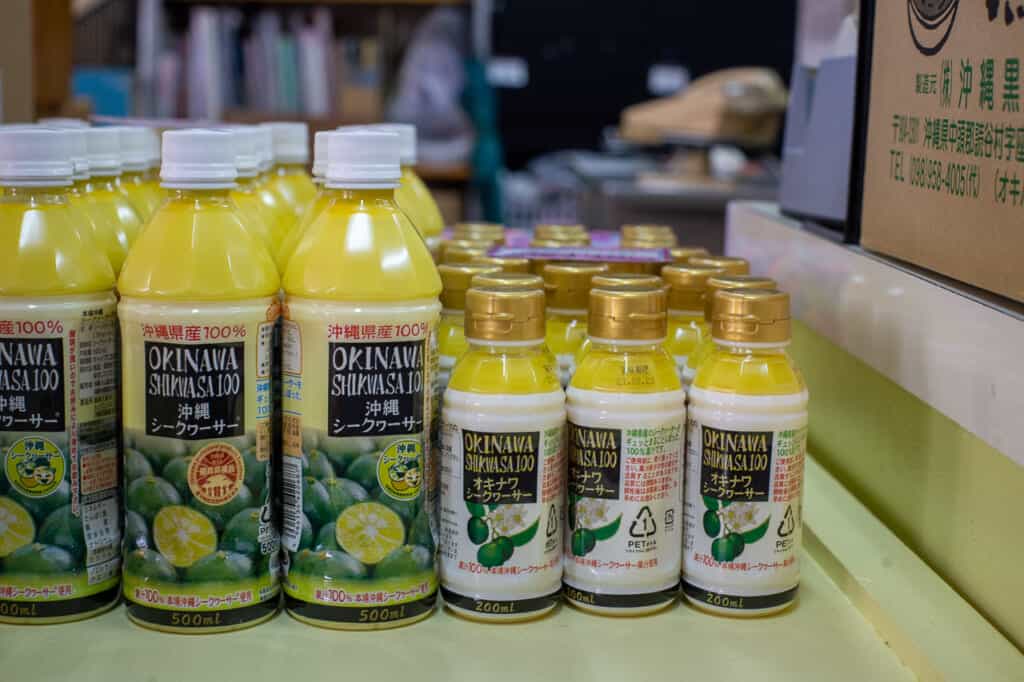
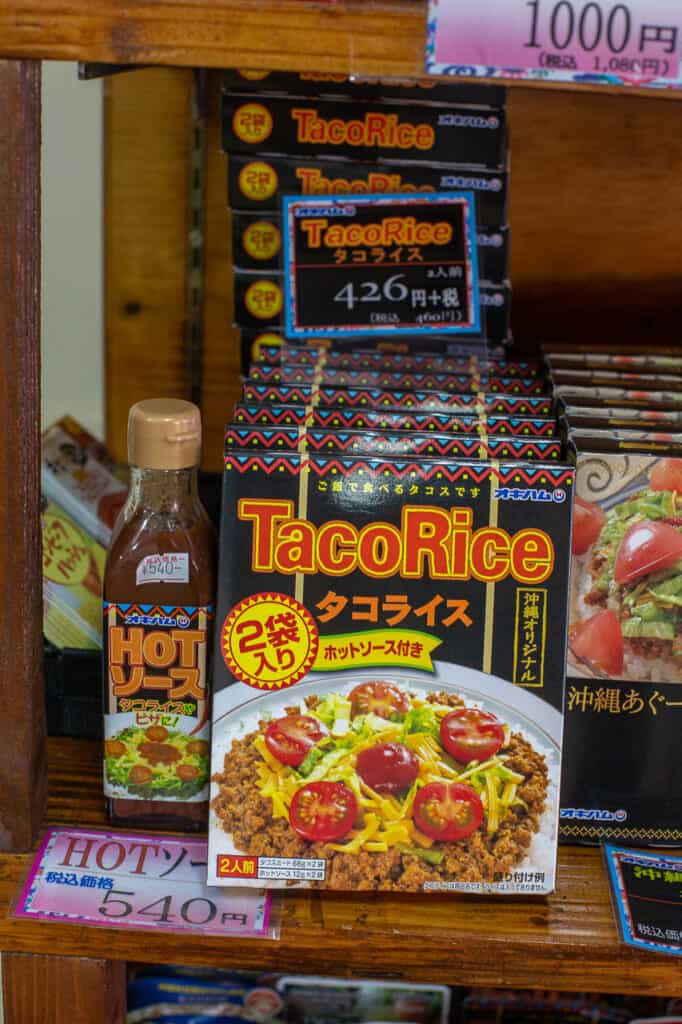
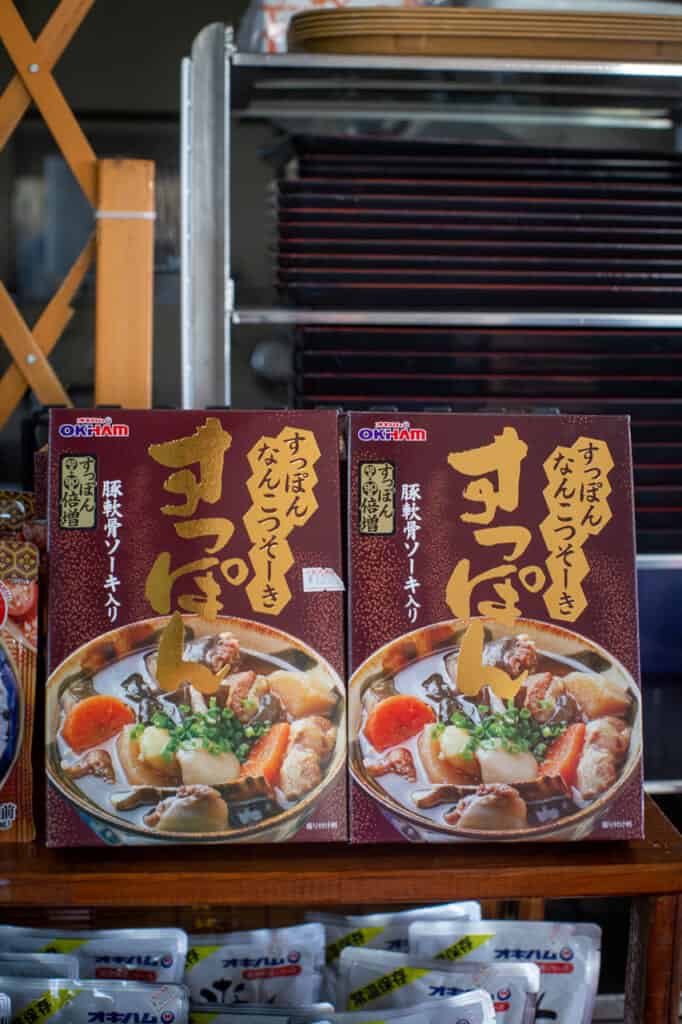
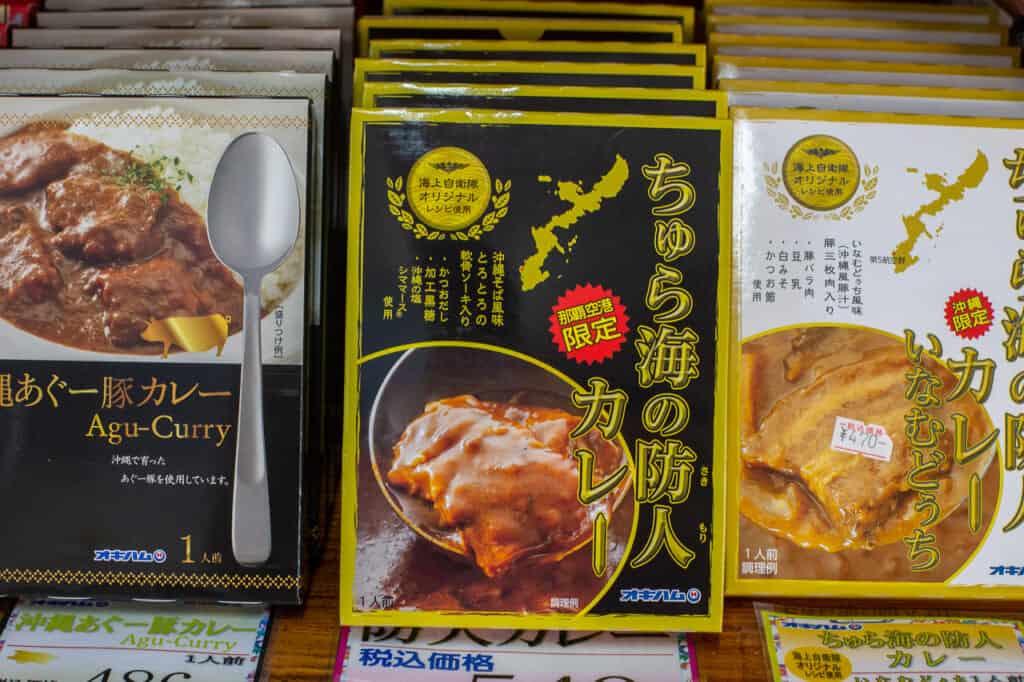
What are Okinawa’s Most Famous Foods?
Okinawan cuisine is very varied, but without a doubt, vegetables, seafood and pork play a leading role. Yamauchi-san introduces me to some of the most famous dishes and drinks, which can be enjoyed quickly and easily thanks to Okiham.
- Jushi (じゅーしぃ): One of the most popular meals in Okinawa. It is a steamed rice dish mixed with different vegetables and other ingredients such as meat or seafood. Jushi is part of the daily life of Okinawan people, but it is also served at celebrations and special events.
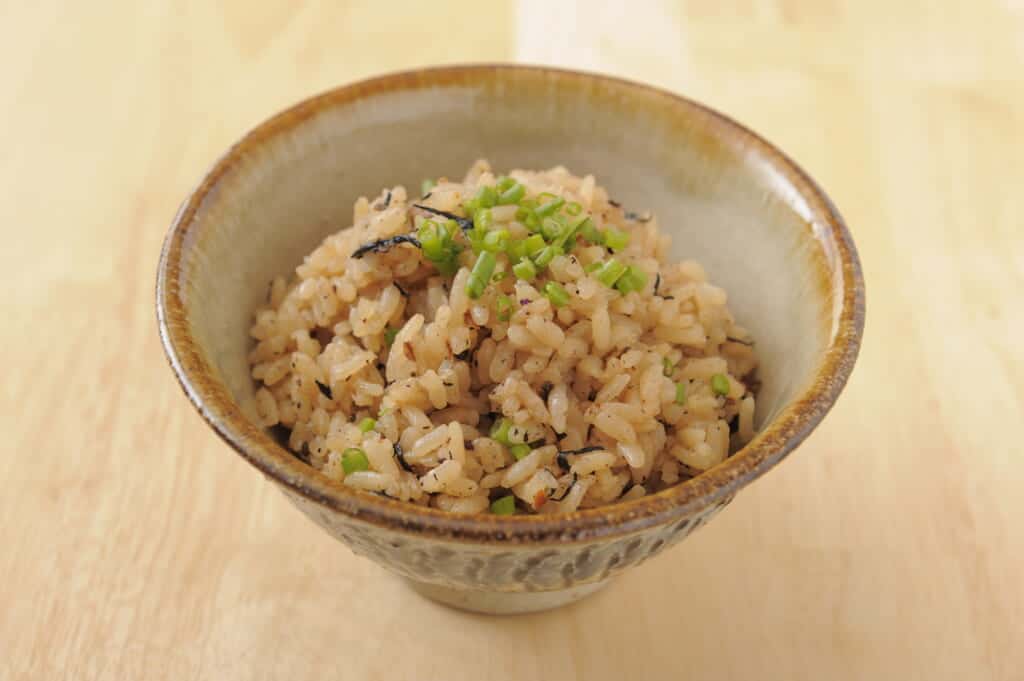
- Rafute (ラフテー): Rafute is a pork belly dish simmered in soy sauce or miso, brown sugar, and awamori. During the Ryukyu Kingdom, rafute was part of Utuimuchi cuisine and was served at court and in noble houses. Aguu pork, Okinawa’s native black pig it is sometimes used to cook this dish. Aguu contains less fat and cholesterol compared to other pork meats.
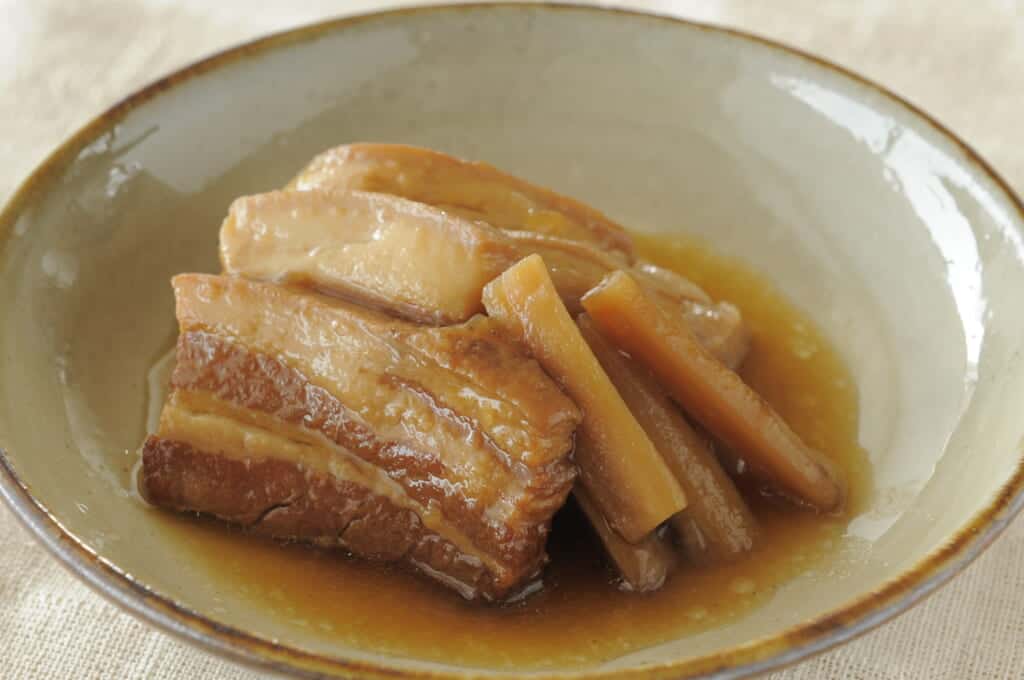
- Taco Rice (タコライス): Taco rice is one of the new generation Okinawan foods. It is said to have been invented in Okinawa in the 1980s by a Japanese restaurant owner for the American soldiers who settled on the island. Taco Rice consists of a bowl of white rice topped with ground beef, shredded cheese, shredded lettuce, tomato, and salsa.
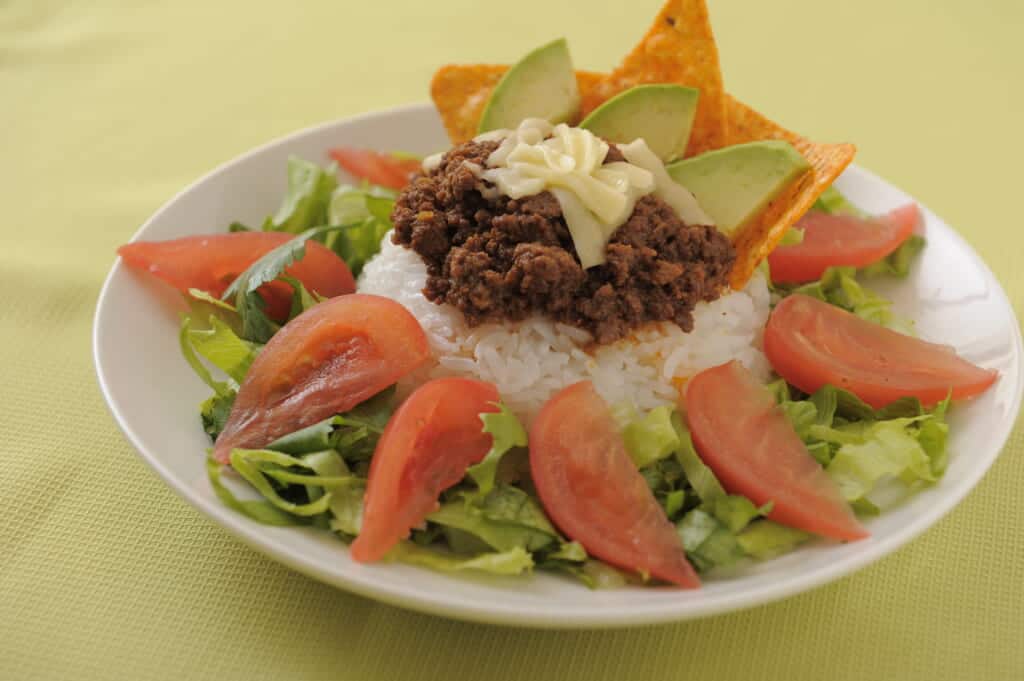
- Shikwasa (シークヮーサー): Shikwasa is a citrus fruit native to Okinawa and has many important health benefits. It contains 2.2 times more citric acid than a lemon, which helps the body increase energy and recover faster. But its most important ingredient is Nobitelin, a nutrient that, according to studies conducted at Tohoku University, may help prevent diabetes and Alzheimer’s disease. Like lime, shikwasa cannot be consumed directly but is used to season and flavor other foods or juices.
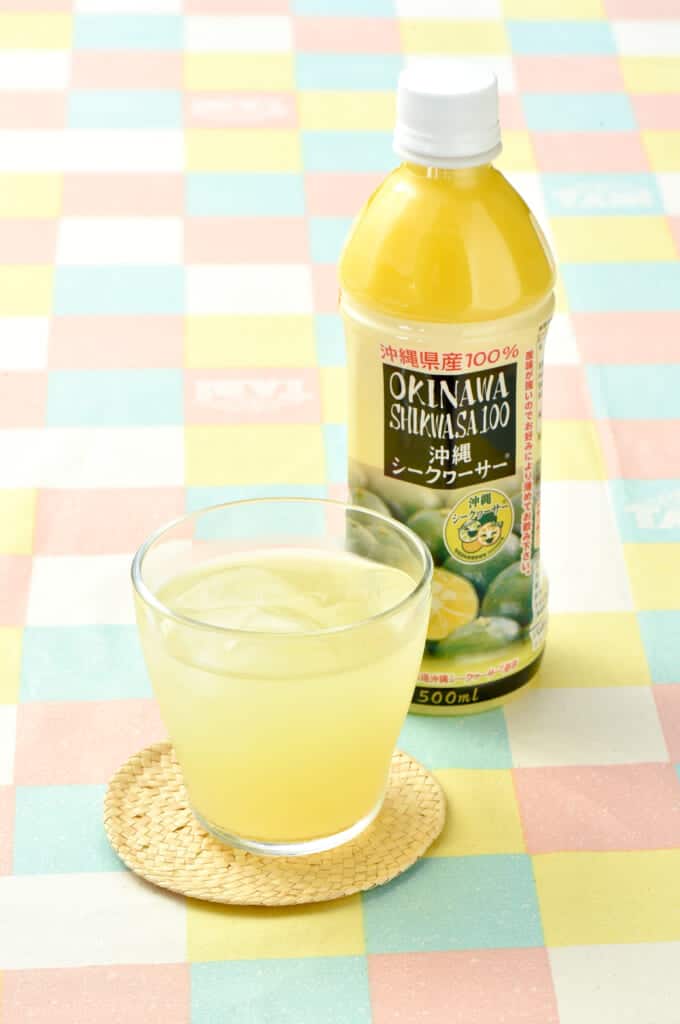
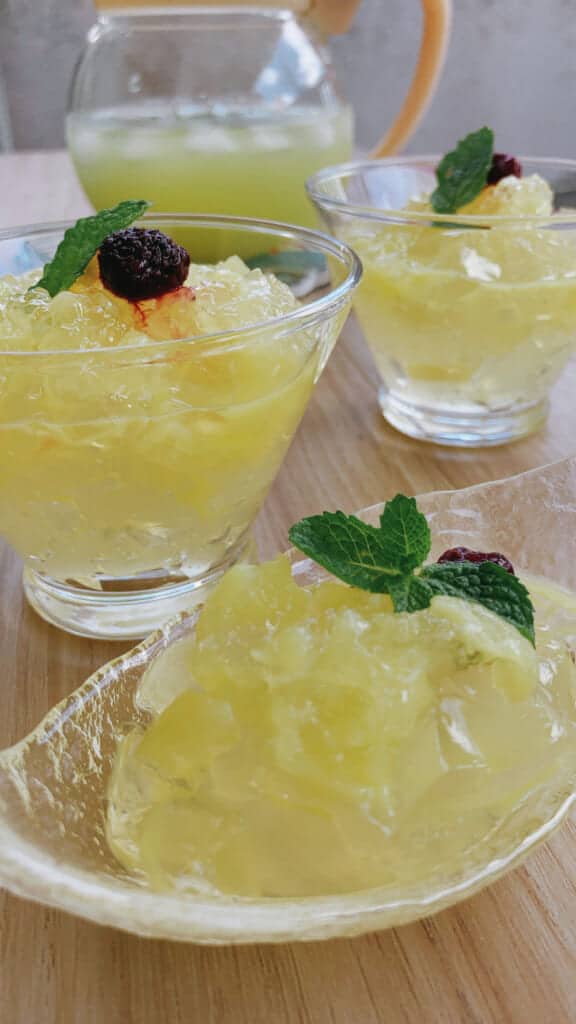
Reaffirming the Value of Traditional Okinawan Culture and Food
Yamauchi-san tells me that in recent years, the Okinawan government has initiated a project to get Ryukyuan cuisine added to UNESCO’s Intangible Cultural Heritage list. “Washoku (Japanese cuisine) was declared Intangible Cultural Heritage in 2013. But Okinawan food was born in a subtropical climate and is completely different from Japanese food in terms of its extensive use of local produce and the concept of Ishoku Dogen. Like Japanese cuisine, Ryukyuan cuisine also fully deserves to be designated as UNESCO Intangible Cultural Heritage.”
Okiham is actively collaborating on this project, and Yamauchi-san explains the reasons. “Over the past few years, the environment surrounding Ryukyuan cuisine has been disappearing. Eating habits are becoming more Westernized, lifestyles have diversified, and the population growing up following this traditional diet has aged. All these factors are causing the younger generations to move away from Ryukyuan cuisine. Okinawan food is in danger, and for this reason, Okiham wants to create an environment where Okinawan people and new generations can reaffirm the value of traditional cuisine and continue this unique and distinctive food culture.”
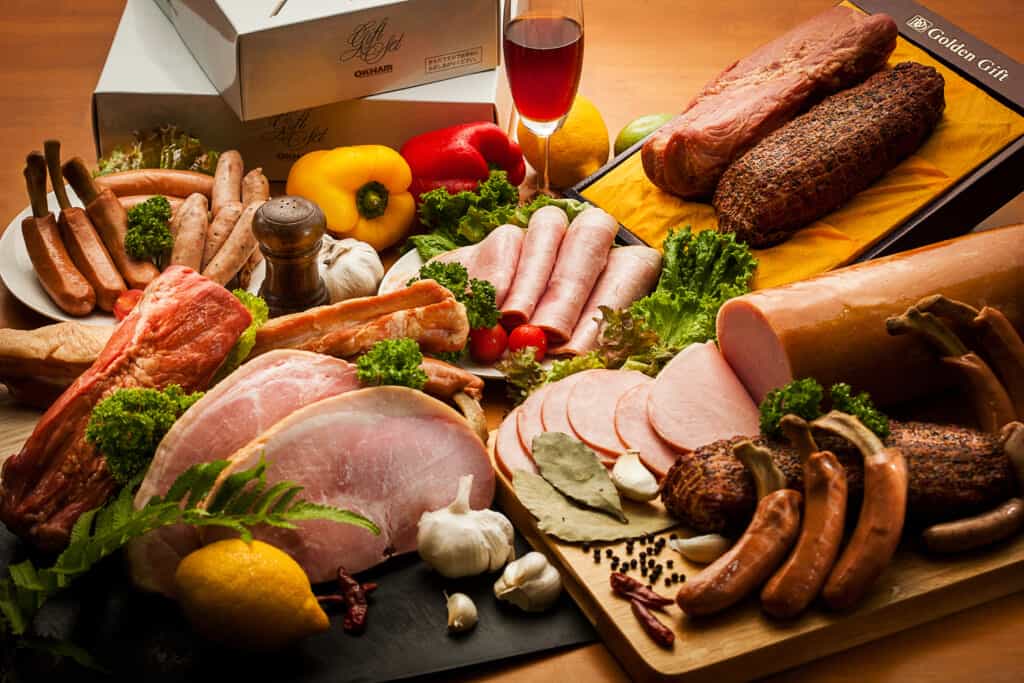
For more traditional Okinawan crafts, check out our other articles:
- Unlocking the Secrets of the Japanese Ceramic Art with Kyoshi Matsuda
- The Legacy of the Traditional Japanese Pottery in Fuji Pottery workshop
- Nakama Pottery Workshop: The Science of the Handmade Pottery
- Sanshin: Discover the History of this Japanese Instrument in Machidaya
- Okinawa Glass Making Experience in Ryukyu Glass Workshop Shizuku
- Yomitanzan Hanaori: Japanese Textiles Created for a Royal Family
- Okashi Goten: Indulge Yourself in a Paradise of Japanese Sweets
Be sure to check out our top recommendations of things to see and do in Yomitan.
How to Get to Yomitan Village
Naha Airport serves as the portal to all of the Okinawa islands and is just a few stops along on the monorail to reach the city of Naha. From Naha city, get on the bus from Kencho Kitaguchi (県庁北口) to Akanukuu mae (via Sobe) 赤犬子宮前, then walk 20 minutes to Yomitan Village (1 hour 30 minutes). A rental car will take approximately 50 minutes to reach Yomitan Village, and provides more flexibility and freedom to explore the island if you’re traveling outside the city.
In recent years, Okinawan eating habits have gained popularity. Ryukyuan cuisine is related to the longevity of its inhabitants, and many researchers and other-wise curious individuals make pilgrimages to the island in the hope of discovering the secrets of the Okinawan food. In addition to its health properties, Okinawan food is also tasty and very different from Japanese cuisine. Okiham wants to spread the Ryukyuan food culture around the world. In the Voyapon Store, you can buy some of their products online and enjoy their delicious taste and health benefits.
Sponsored by Yomitan village




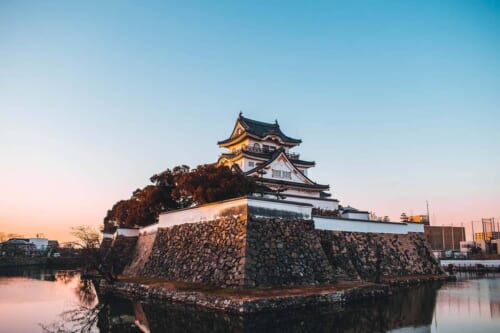



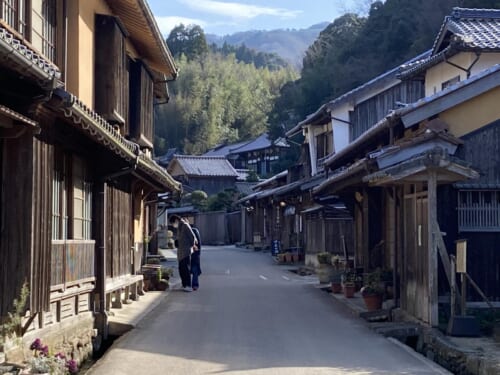
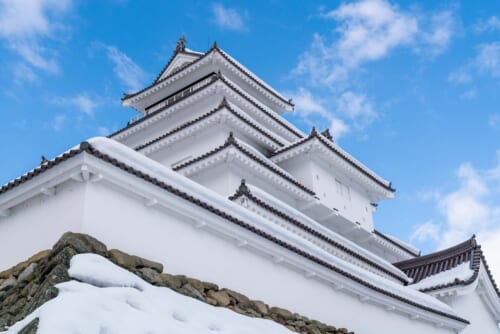
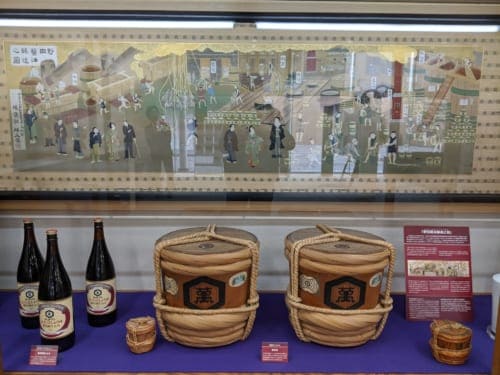


No Comments yet!